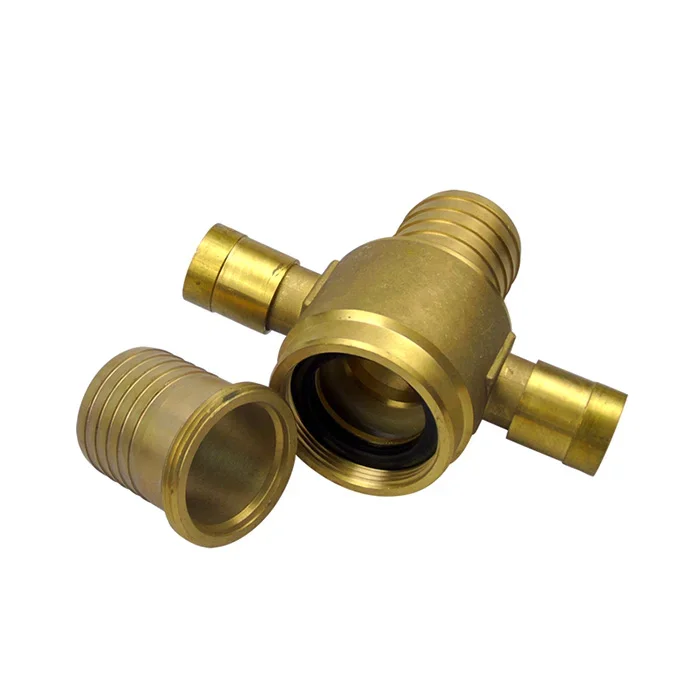Fire safety is of utmost importance in any setting, be it residential, commercial, or industrial. Fire hose couplings play a crucial role in ensuring the effective delivery of water to extinguish fires. Among the various types available, the brass John Morris type fire hose coupling stands out for its durability, reliability, and ease of use. In this blog post, Jingqi will delve into the manufacturing process of this essential firefighting equipment, exploring the steps involved and the materials used.
Understanding the brass John Morris type fire hose coupling:
Before diving into the manufacturing process, it is essential to have a clear understanding of what a brass John Morris type fire hose coupling is. This type of coupling is widely used in firefighting applications due to its compatibility with fire hoses and its ability to provide a secure connection between hoses and other firefighting equipment.
Manufacturing process of brass John Morris type fire hose coupling
Material Selection:
Brass, an alloy of copper and zinc, is the primary material used in manufacturing John Morris type fire hose couplings. Brass is chosen for its excellent corrosion resistance, high strength, and durability. The specific composition of the brass alloy may vary depending on the manufacturer's requirements and the desired properties of the coupling.
Casting:
The manufacturing process of brass John Morris type fire hose couplings typically begins with casting. Casting involves pouring molten brass into a mold that is shaped like the desired coupling. The mold is usually made from sand or a similar material that can withstand the high temperatures of the molten brass. Once the brass has cooled and solidified, the mold is removed, leaving behind the rough shape of the coupling.
Machining:
After casting, the rough casting is subjected to machining processes to achieve the final dimensions and smooth finish of the coupling. Machining involves the use of various cutting tools, such as lathes, milling machines, and drills, to remove excess material and shape the coupling according to the design specifications. This step requires precision and expertise to ensure the coupling meets the required tolerances.

Thread Cutting:
One of the critical features of a brass John Morris type fire hose coupling is its threaded connection. Thread cutting is performed using specialized tools to create the internal and external threads on the coupling. The threads must be carefully cut to ensure a tight and secure connection between the coupling and the fire hose.
Surface Treatment:
To enhance the corrosion resistance and aesthetics of the coupling, surface treatment processes are applied. This may include polishing, buffing, or plating the coupling with a protective layer of chrome or nickel. The surface treatment not only improves the coupling's appearance but also provides additional protection against wear and tear.
Quality Control:
Throughout the manufacturing process, strict quality control measures are implemented to ensure that each brass John Morris type fire hose coupling meets the required standards. This involves inspecting the dimensions, threads, surface finish, and overall integrity of the coupling. Any defects or deviations from the specifications are identified and rectified to maintain the quality and reliability of the final product.
Conclusion:
The manufacturing process of brass John Morris type fire hose couplings involves a series of steps, from casting and machining to thread cutting and surface treatment. Each stage requires precision, expertise, and adherence to quality control measures to produce couplings that are durable, reliable, and capable of withstanding the demanding conditions of firefighting operations. By understanding the intricacies of the manufacturing process, we can appreciate the craftsmanship and engineering that goes into creating this essential firefighting equipment.
https://www.harry-fire.com/Manufacturing-process-of-brass-John-Morris-type-fire-hose-coupling.html